Denis Villeneuve gave movie-goers a chance to watch Frank Herbert’s Dune as it should have been. However, this wasn’t fans’ first viewing of the historic sci-fi epic. In 1984, David Lynch tackled the subject material with mixed results. A cult classic, but a financial bomb, the 1984 version stood as a monument of how sci-fi adaptations can go awry.
In 2021, that all changed. Dune is as epic as the novels make it to be (especially in IMAX) and it quickly won the hearts of Dune fans all over. Good science-fiction adaptations blend futuristic elements with themes that are current, impactful, and resonate with current audiences. Some of science fiction’s greatest works feature these elements and deserve a big-screen adaptation.
Ender’s Game (1985)
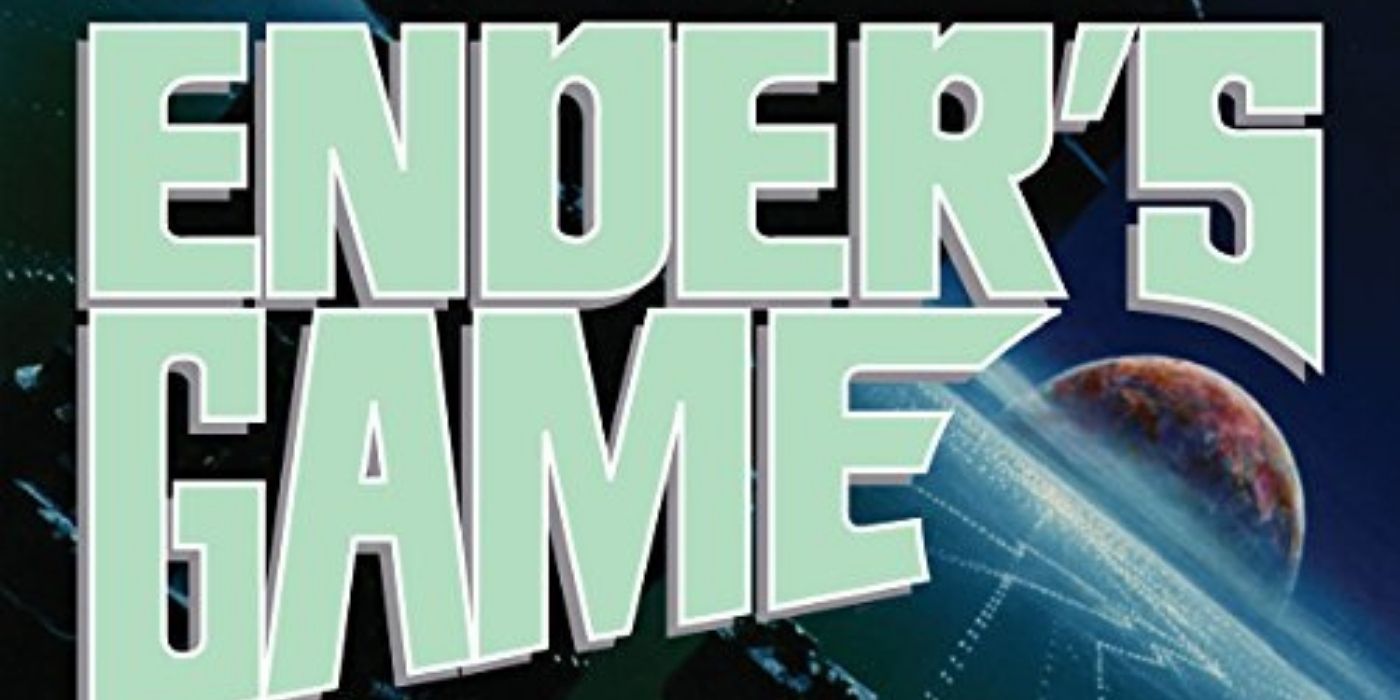
The Asa Butterfield/Harrison Ford-led adaptation of the Orson Scott Card classic seemed too big to fail. It had big stars, a big budget, and the potential for several movies to follow. However, the film fell flat as performances and subject material didn’t resonate with audiences and the potential franchise died with it.
This new decade could bring new life to the material, its themes align well with Dune and audiences seem to be more receptive to high concept sci-fi. Ender’s Game is an all-time classic and deserves a second chance. It may be too soon to start thinking about rebooting this classic series, but its deep and complex understanding of war and genocide are still important to this day.
Slaughterhouse-Five (1969)
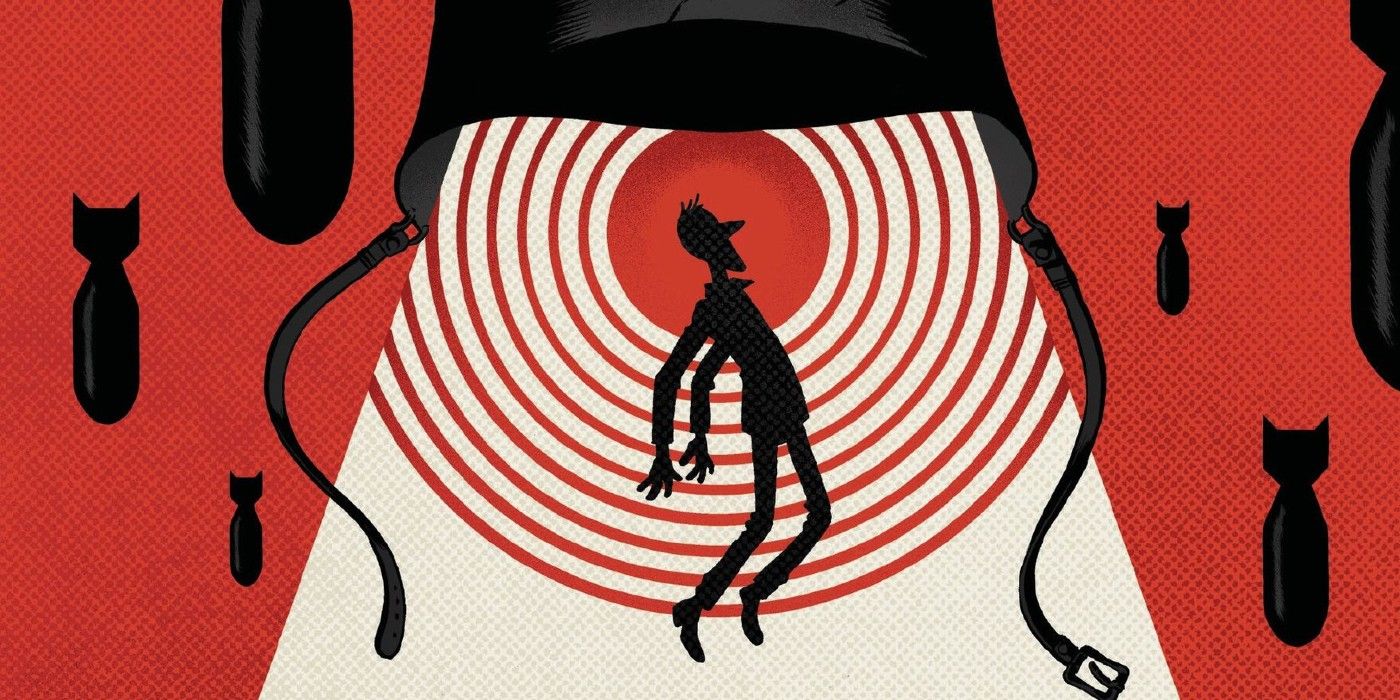
Kurt Vonnegut’s antiwar classic received an unfortunate adaptation in 1972 that most sci-fi fans probably haven’t seen. Much like Dune, Slaughterhouse-Five‘s antiwar themes and Post-World War II setting mixed with time travel check the boxes of most adventurous movie-goers.
Slaughterhouse-Five needs an experienced director the likes of Villeneuve to deftly handle the heavier subject matter of war, religion, and mental illness. Those themes resonate with most people today, and fans of the book would gladly accept an adaptation with the same care and status as Dune (2021)
Brave New World (1932)
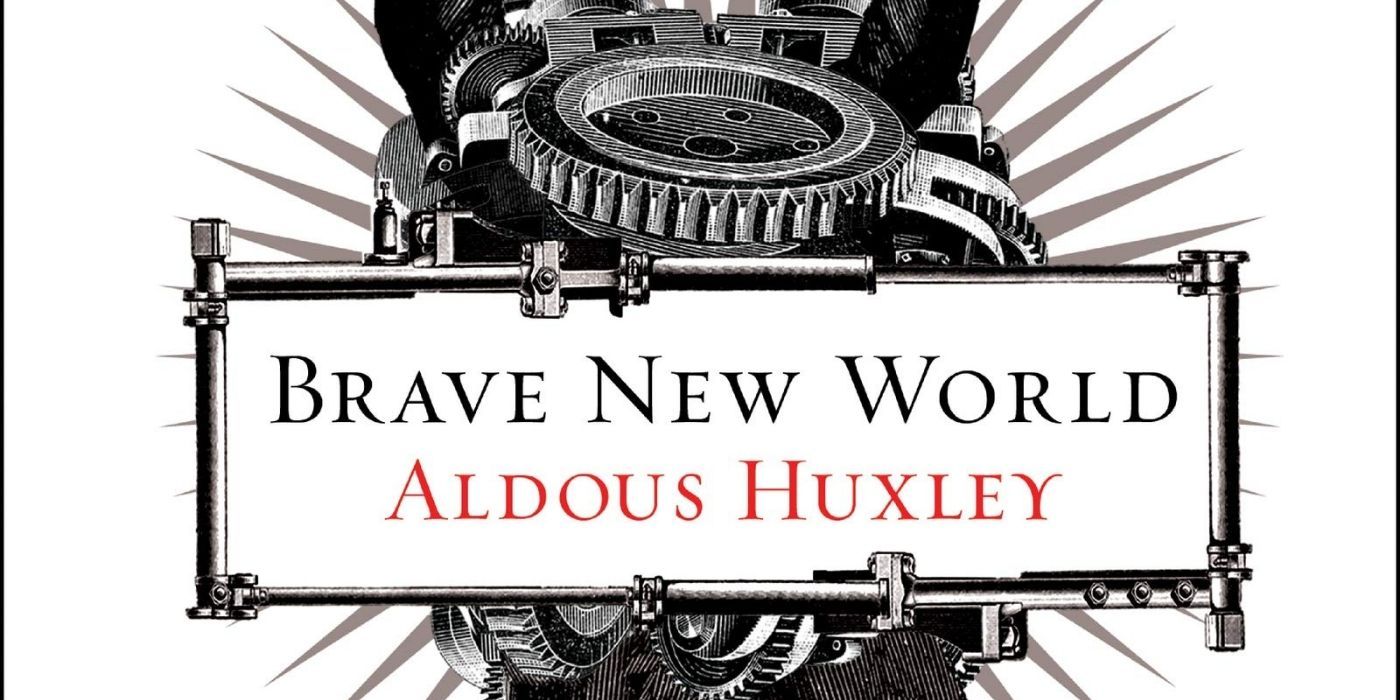
Aldous Huxley’s prophetic novel about major advancements in science and social hierarchy is often looked at as one of the forebears of the genre. While it has received some television-film adaptations, it has yet to receive a feature film adaptation.
Its views on technology, society, and psychological manipulation share themes with the likes of current Korean cinema and television such as Parasite and Squid Game. Audiences would gladly welcome another commentary on class and societal challenges if handled carefully and powerfully.
The Time Machine (1895)
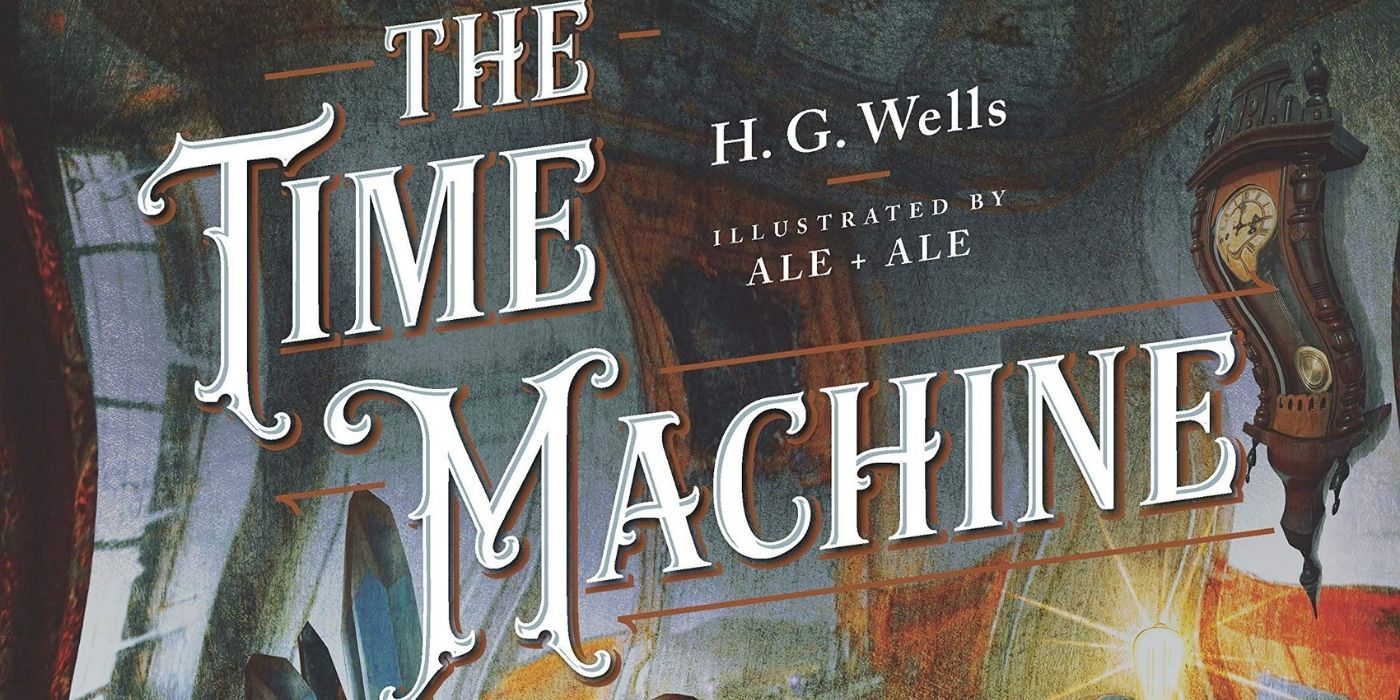
The novel many consider to have popularized time travel has had its fair share of adaptations, including a 2002 film with Guy Pierce and a 1960 film that won an Academy Award for Best Effects, but most of the adaptations have fallen short of the mark. Time travel films and adaptations have found varying degrees of success, but a Time Machine adaptation that focuses on its motif rather than the time travel itself would be an instant success.
H.G Wells’ seminal classic touches on themes of class and civilization as a whole, and with the added element of time travel, audiences would gravitate immediately to the story.
Neuromancer (1984)
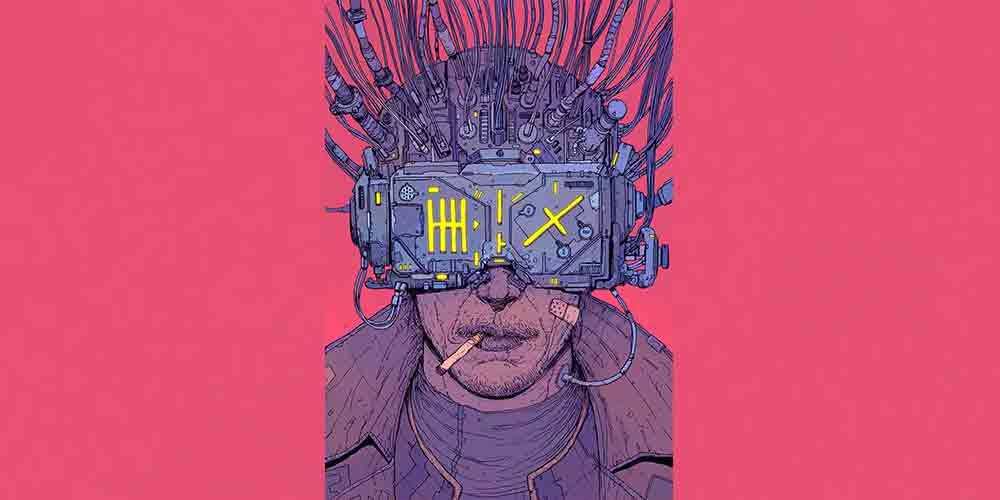
Known as the archetypal cyberpunk work of fiction, this science fiction classic by William Gibson does have a potential adaptation in the works by Deadpool’s Tim Miller, but potential adaptations have fallen short of production in the past. A science-fiction classic, the novel touches on themes of connectivity, reality, and civilization, all of which modern audiences relate with.
With the launch of Cyberpunk 2077, the genre has found its way back into the public eye. And with the Matrix receiving a sequel this December, there’s no better time to develop a Neuromancer film. However, with the existence of the Matrix and other cyberpunk-esque games and television shows, there may not be room for a Neuromancer film.
Stranger in a Strange Land (1961)
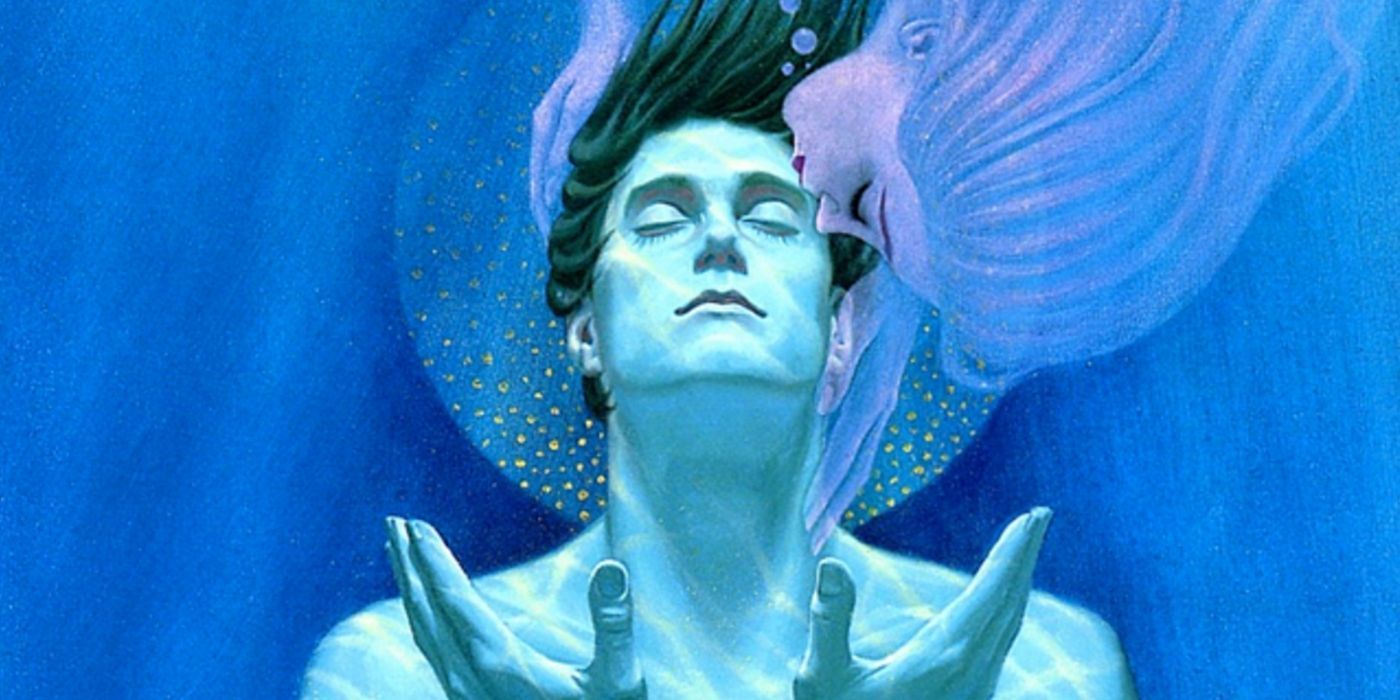
Robert A. Heinlein’s tale of a Martian visiting Earth touches on themes of religion and the afterlife. Unlike the other entries on this list, the novel has influenced adaptations but never received a direct adaptation for itself. While the novel is wildly eccentric and its themes of religion may put off some viewers, this seems a perfect fit for a studio much like A24 to manage.
Its eclectic themes and controversial themes for religion make it a prime candidate for a modestly-budgeted film by an arthouse studio. Science fiction is best when filtered through the lens of otherworldly travels, and no other novel does it better than Stranger in a Strange Land.
The Caves Of Steel (1953)
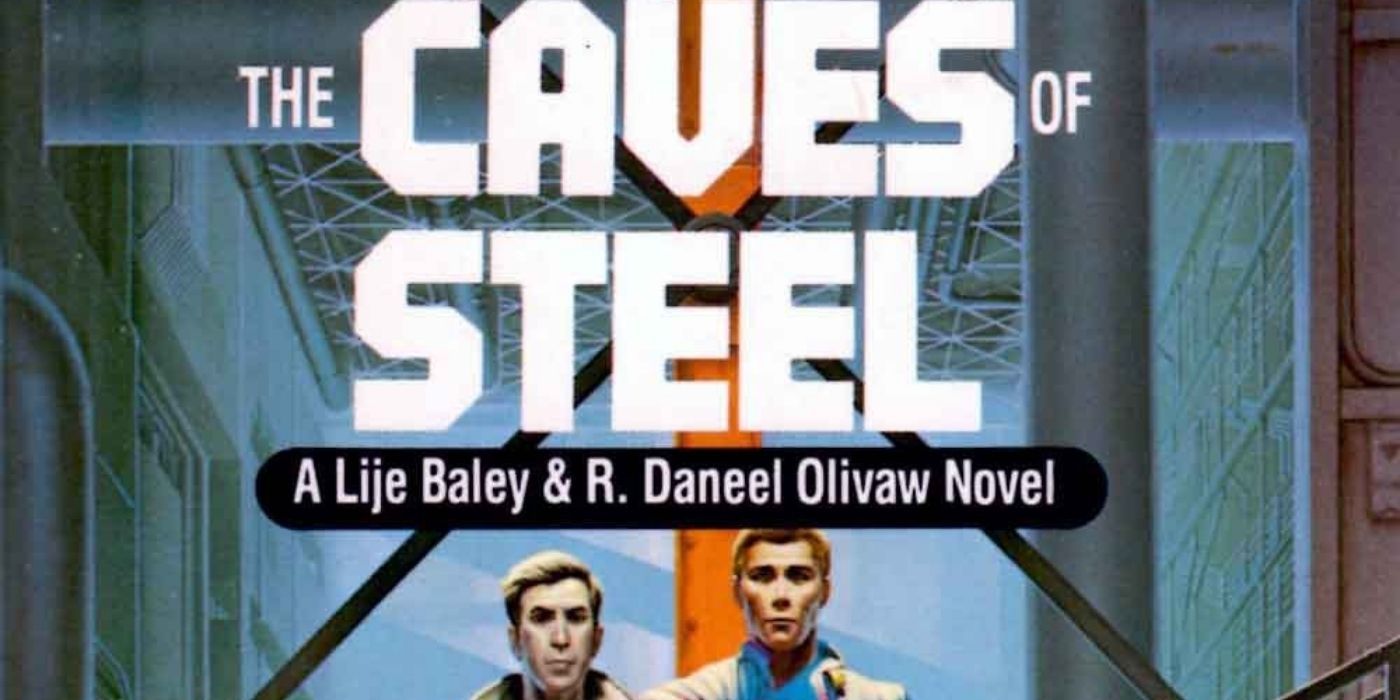
Issac Asimov’s detective thriller featuring robots has all the hallmarks of a modern-day adaptation. It’s a part murder mystery, part commentary on class. Science-fiction elements almost take a backseat as Asimov gave readers a novel that could challenge most murder mysteries.
Much like Asimov’s big-budget TV adaptation, Foundation, an adaptation of Asimov’s earlier work could be an entryway for non-science fiction fans to appreciate the finer motifs and themes that science fiction can offer. The novel comments on class and xenophobia, themes that are still present and important today. Its structure as a murder mystery gives general audiences a simple introduction to science fiction elements that they may not have been familiar with.
Lord Of Light (1967)
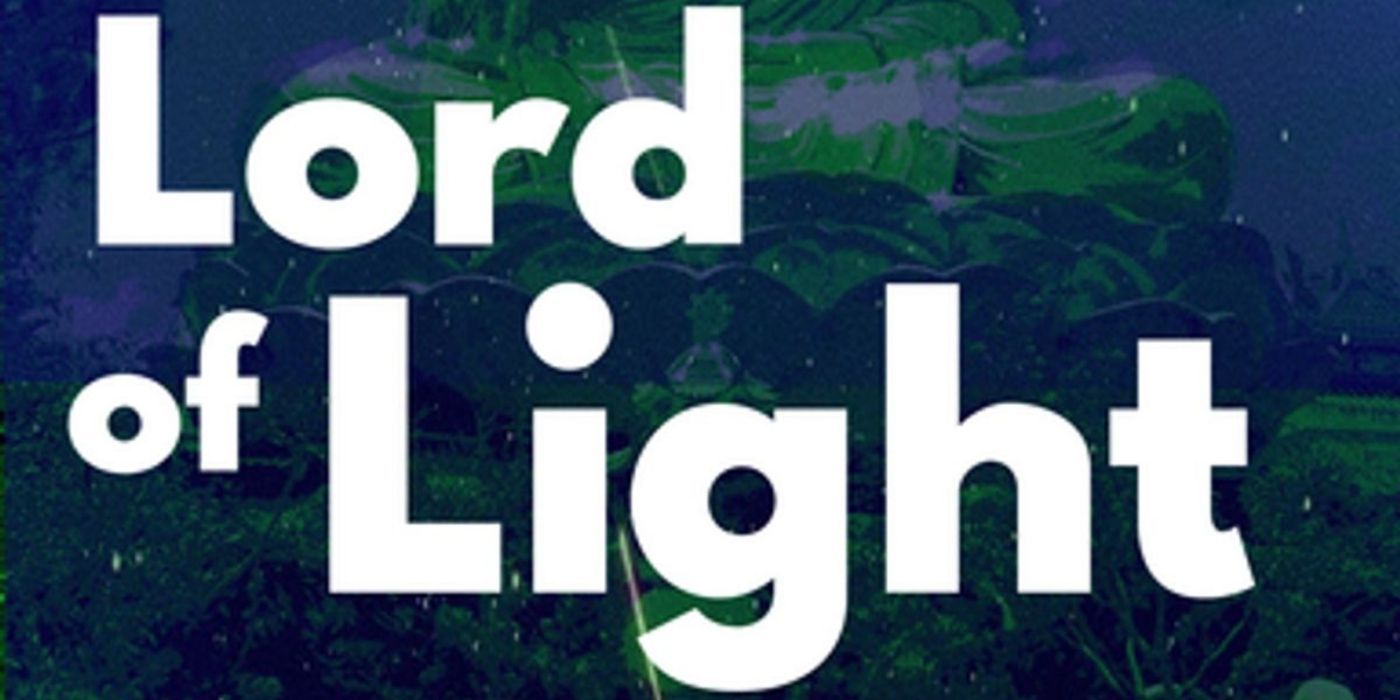
The Roger Zelazny classic has had a film adaptation, but with one big caveat. It was the fake film utilized by the CIA to extract U.S. diplomats during the 1979 Iranian Hostage Crisis, most recently made famous in the 2012 film, Argo.
However, the Buddhist/Hindu world with a western twist is deserving of a true adaptation. It’s a faithful representation of multiple gods that would marvel audiences. However, its segmented story-telling style may not mesh with into a standard feature film structure, and its legend as the fake-feature in Argo may be its biggest achievement.
Twenty Thousand Leagues Under The Sea (1870)
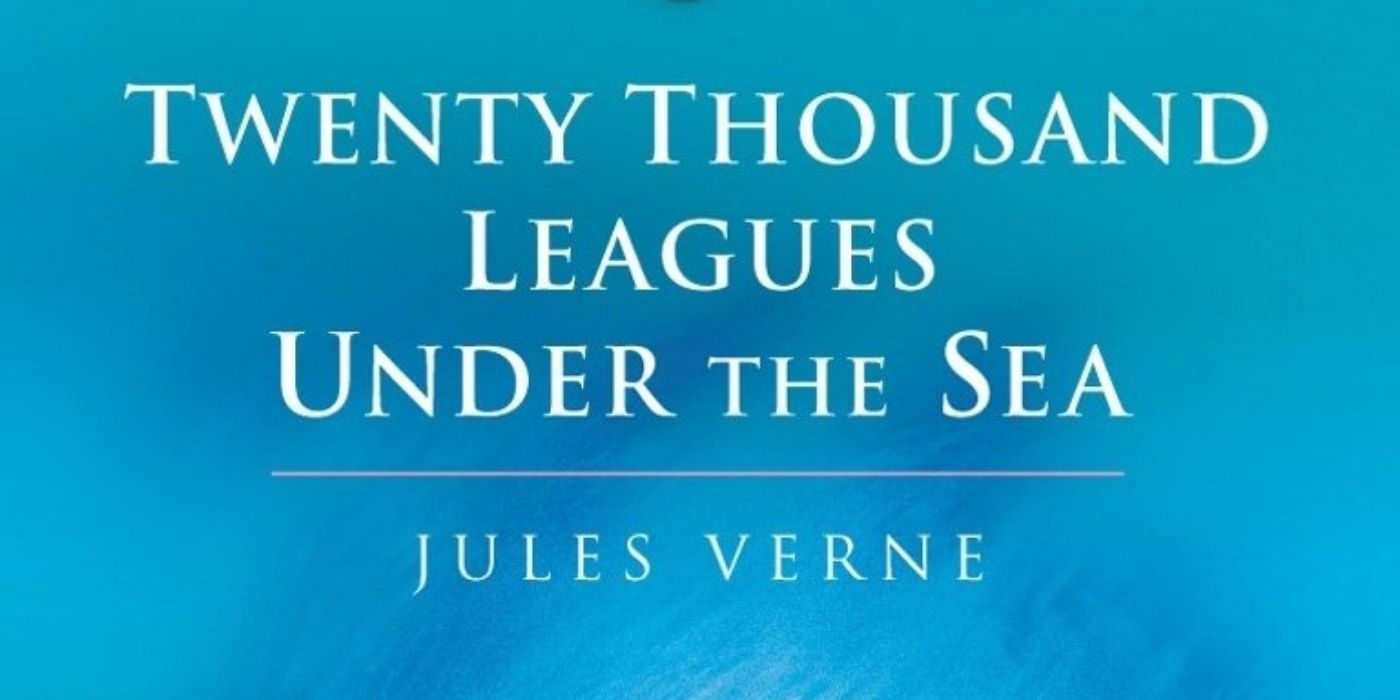
While not traditionally considered a science-fiction novel, Jules Verne’s Twenty Thousand Leagues Under The Sea had some futuristic ideas that transformed the adventure genre when it was published. The novel has seen numerous adaptations and the character of Captain Nemo has found himself in other works (most recently in The League of Extraordinary Gentlemen), an adaptation with Dune‘s budget would give the text new life and a new appreciation with modern audiences.
The call to adventure found within the 150-year-old novel would enthrall audiences new to the novel and the uber-creative setting will satisfy any science fiction aficionado. There are rumors that a new film adaptation may be in the works with filmmaker Bryan Singer penning the script, but at this moment no production has been scheduled.
Beggars In Spain (1993)
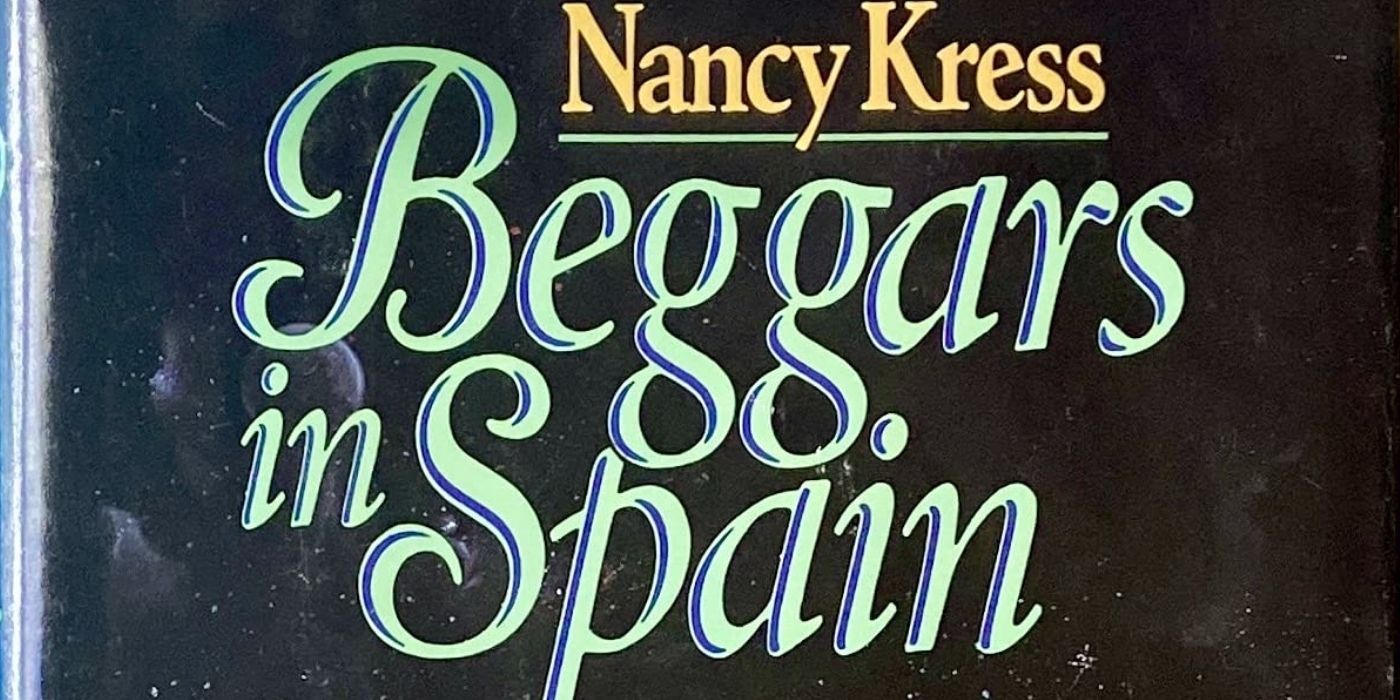
Nancy Kress’ novel about genetic engineering to create “sleepless” people speaks on xenophobia and classicism that would resonate with modern audiences. While it never has had a modern adaptation, rumors always swirl around this science fiction classic.
The novel deals with a new race of humans that can’t sleep, ultimately making them more productive and efficient. These “sleepless” people are often seen as outsiders which ultimately leads to violence against the “sleepless.” This Us vs. Them rings throughout the novel as both sides as readers see the world through the eyes of a “sleepless.” However, the novel presents a challenge as it takes place over 100 years. It may be better suited for a mini-series adaptation as science fiction epics typically haven’t translated well into film.




